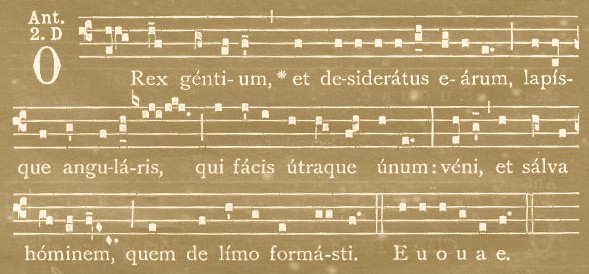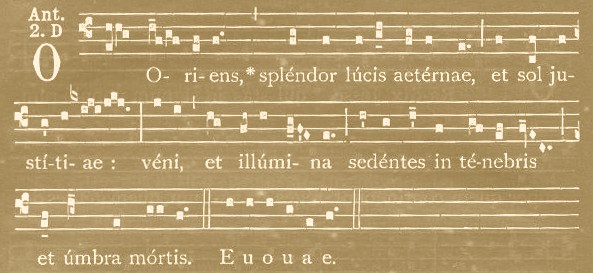The CMAA is pleased to announce that the Sacred Music Colloquium 2007 (June 19-24) can offer daily priest training in the sung Mass, as taught by Fr. Robert Skeris. There is a growing need for this so that the fully sung liturgy can become part of the liturgical life of Catholics, precisely as the normative form of the Roman Rite suggests it should be. See the full schedule for times.
Author Archives: SacredMusic
Now and the Future
- Thursday, 28 December 2006 14:01
- SacredMusic
- 0 Comments
It’s been an exciting year in the world of sacred music. It was the year in which it became commonplace to acknowledge that chant and renaissance polyphony are experiencing a great revival, not just in recordings or concert halls but in regular Catholic parishes, where the longing for a sacred space and solemnity has greatly intensified.
The Church Music Association of America is dedicated to providing resources to shepherd this trend forward into a new appreciation of the glorious music that the Church has given us through the ages, and to make it an integral part of the Catholic liturgical experience in modern times.
We have been greatly encouraged by the rise in attendance to the Colloquium. This past year’s was the biggest success yet. Memberships are rising at a rate of one per day on average, and with that we are seeing a growing circulation of Sacred Music.
The new editorial team has completed its first year, having published many articles that have sparked new discussions and debate about the future of liturgical music.
The traffic on this site has seen dramatic increases as well.
What do we have planned for the future? More workshops, books, online chant editions, recordings, liturgical planning guides, essays, as well as competitions for new composition and scholarships, and many other activities. Our newly acquired status as a nonprofit organization will assist greatly in this regard.
One of the first steps we will take as we move into the new year will be a dramatic site change. We are moving servers to prepare for more growth. That could be some downtime but we do hope not.
Thank you for all you have done for the CMAA and for sacred music in 2006. For the first time in many years, we can say with confidence and plenty of evidence that the future looks very bright indeed.
O Antiphon Series: Sixth
- Friday, 22 December 2006 13:27
- SacredMusic
- 0 Comments
O Antiphons, as sung by Scott Turkington 
O King of the Nations, and their Desire; the Cornerstone, who makest both one: Come and save mankind, whom thou formedst of clay.
O Antiphon Series: Fifth
- Wednesday, 20 December 2006 13:42
- SacredMusic
- 0 Comments
The 5th of the O Antiphons, as sung by Scott Turkington

O Day-Spring, Brightness of Light, everlasting and sun of Righteousness: Come and enlighten him that sitteth in darkness, and the shadow of death.
O Antiphon Series: Seventh
The last of the O Antiphons, as sung by Scott Turkington
O Emmanuel, our King and Lawgiver, the Desire of all nations, and their Salvation: Come and save us, O Lord our God.